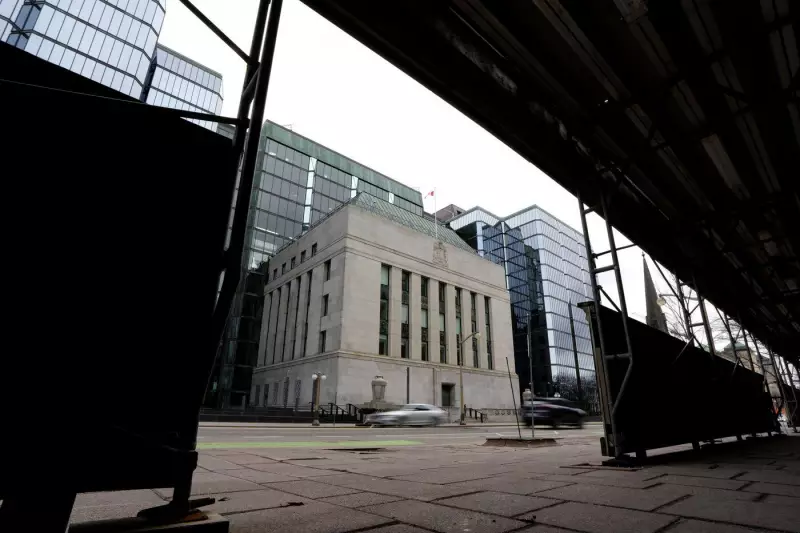
The Bank of Canada has hit the pause button on interest rate hikes once again, maintaining its benchmark overnight rate at 5% during Wednesday's highly anticipated announcement. This marks the fourth consecutive meeting where Governor Tiff Macklem and his team have held rates steady, signaling a potential turning point in Canada's battle against inflation.
Inflation Shows Promising Signs of Cooling
Recent economic data suggests the central bank's aggressive tightening campaign is finally yielding results. Inflation has retreated to 2.9% as of January, moving closer to the Bank's 2% target. However, policymakers remain cautious about declaring victory too soon.
"We've come a long way," Governor Macklem stated during the press conference. "But we need to see further and sustained easing in core inflation before we can consider lowering policy rates."
Updated Economic Forecasts Paint Mixed Picture
The Bank's newly released Monetary Policy Report reveals several key insights about Canada's economic trajectory:
- Economic growth is expected to remain modest through 2024
- Inflation is projected to hover near 3% during the first half of the year
- The housing market continues to show surprising resilience despite high borrowing costs
- Consumer spending has slowed significantly as households adjust to higher rates
What This Means for Canadian Homeowners and Buyers
For variable-rate mortgage holders, today's decision provides temporary relief from payment increases. However, experts suggest this rate stability may not last forever.
"The Bank is clearly in wait-and-see mode," explained financial analyst Sarah Chen. "While rate cuts appear on the horizon, Canadians shouldn't expect dramatic decreases until inflation is firmly under control."
Prospective homebuyers continue to face affordability challenges, with housing prices remaining elevated in most major markets. The Bank's cautious approach suggests the era of ultra-low interest rates is unlikely to return anytime soon.
The Path Forward: When Might Rates Begin to Fall?
Economists are divided on the timing of potential rate cuts, with most predicting the first reduction could come as early as June or as late as September. The Bank's decision will depend heavily on incoming economic data, particularly:
- Core inflation measures excluding volatile food and energy prices
- Wage growth and employment figures
- Global economic conditions and commodity prices
- Domestic consumer spending patterns
As Canadians navigate this period of economic uncertainty, one thing remains clear: the Bank of Canada is proceeding with extreme caution, determined to avoid the mistakes of the past by ensuring inflation is truly defeated before easing monetary policy.





